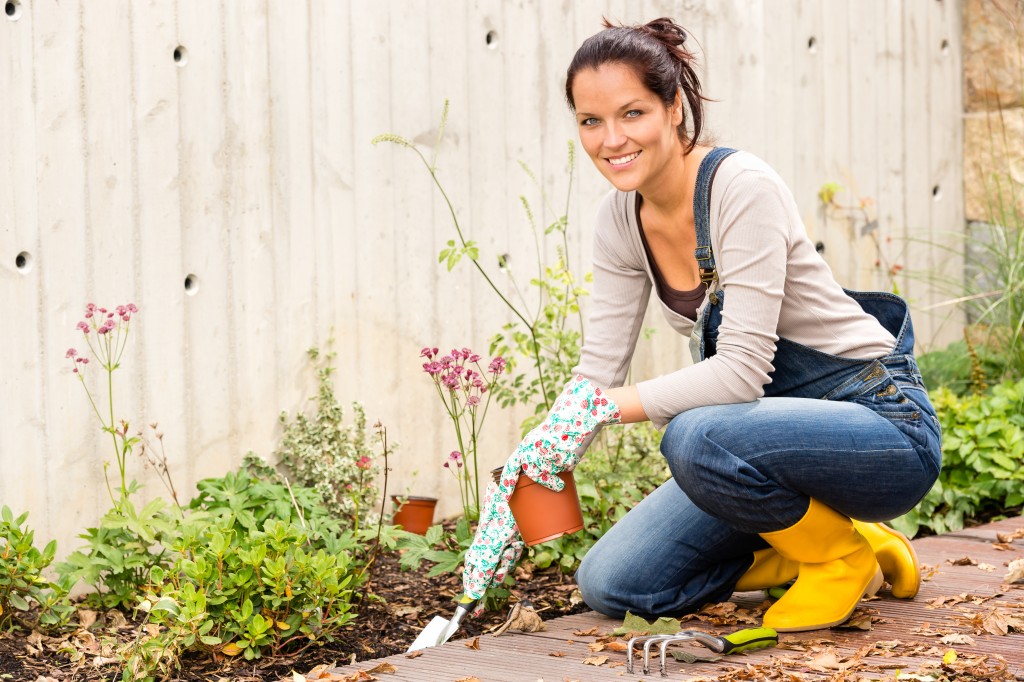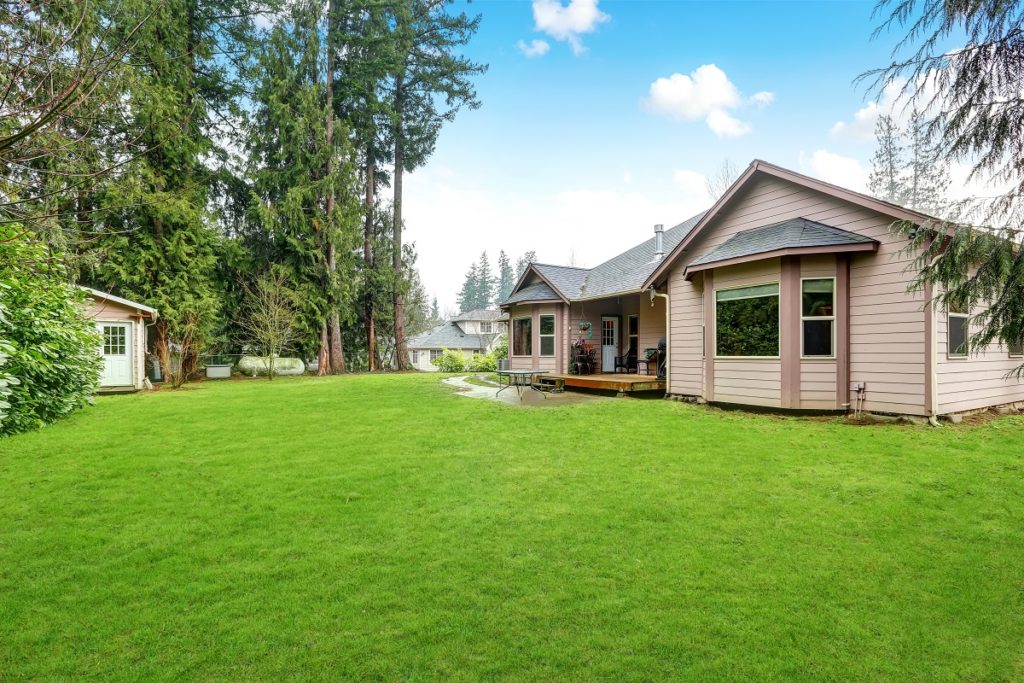Most of the time, suburban homes and subdivisions are designed to dispose of water without ponding the roof or water damage. That is usually done through different equipment types, such as gutters, down spouts, and storm drains that can quickly dispose of water.
However, this is not always the case when it comes to all types of properties. There will be properties that will be situated in areas that will have softer ground. But compared to our home that’s usually dry since roofs are designed to deflect water and snow from getting into our home, our yard isn’t as lucky.
Most of the time, these types of properties can get swampy whenever there is a storm. Even light rain can cause most of these yards to become soggy, becoming a hazard for children playing. In more extreme cases, the softened ground can lead to landslides and rockfalls.
Does It Matter If the Yard Is Soggy?
For the most part, a soggy yard can lead to different types of complications, not just for our home and property, but can breed several health hazards. What are some of these hazards that a soggy ground can pose?
- Kills plants — Terrestrial plants are not used to being submerged in water. Like most organisms, these plants will need to “breathe,” and they will drown if too much water accumulates around it. That is especially true when it comes to grass. As most grass will die, the roots holding the ground in place will also become weakened, causing a cascade of issues that can lead to a weekend foundation.
- Prime breeding grounds for pests — Pests such as mosquitoes find moist and wet environments as prime locations to breed. Most of the time, stagnant water in ponds is usually where most of these mosquitoes will produce in. While most mosquitoes are an annoyance, they can also carry diseases such as dengue and malaria.
- Flooding — Having a soggy ground is an early sign of flooding in your area. When water gets to a certain level, mud, debris, and other materials will start floating. Not only does flooding cause widespread damage, but it’s also known for containing a variety of different disease-causing bacteria.
If it does flood in your area, floating debris can damage your home and your garden. When it does get dry, most of this debris can clog up storm drainage systems, and rubbish can be strewn everywhere. Most experts would suggest hiring a rubbish removal company to help remove all of this debris and waste.
Preventive Measures
Just like when you’re preparing your home for a storm, prevention is always better than having to spend thousands of GBP on repairs. While it may seem like your yard and garden will withstand flooding and a soggy yard, it’s still essential to check on where water will flow.
Homeowners can do these measures in alleviating any damage from soggy yards:
Let Water Flow Underground
Since we don’t want the water to be ponding in our garden, it’s only logical to redirect water underground. However, this is easier said than done when torrential rain can cause water to overflow from gutters and down spouts, contributing to flooding. Other problems, such as low elevations in the yard, can prevent most of the flowing water from getting into the appropriate drainage system.
Most of the time, homeowners will use French drains and an underground pipe to collect rainwater.
Yard Slopes
Naturally, water will flow downwards. Most engineers know about this, which is why most flat rooftops will have a slope of 1/12 or 0.5/12 so that water can be easily redirected to the appropriate gutters. The same premise can also be incorporated into your garden. Diverting water through slopes is known for being one an effective way of preventing ponding on your yard.
By placing a slope on your yard, you can easily make your yard’s fluid dynamics easier to predict while making drainage more efficient. Most experts would suggest having an inclination of 2% from your house. It means that for every 100 yards that are traversed, there is a pitch of 2 feet.
In some cases, homeowners will spread topsoil (elevated soil) close to their foundation and in low-lying areas so water can be easily guided.
Protecting Your Foundation
Remember: water will usually trickle down towards the lowest part of your home. For most homes that have basements, this can be a problem. When water does accumulate in your basement, this can easily chip away at your foundation’s health if nothing is done. It’s vital to seal off any waterways that might lead towards your basement. Water pumps can also keep water off of these vulnerable spots of your home.

There are a plethora of different ways of keeping your yard dry and away from accumulating water. It’s important to note that your garden will be the first thing that most neighbours will see, so it’s only logical that you take a fair amount of care in your yard and your home’s exterior.
If you’re still planning out your yard, you might want to place a slope on it, so it’s easier to redirect water flow. After all, prevention is better than having to repair different parts of your home.

